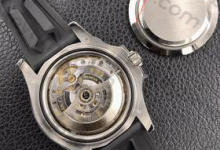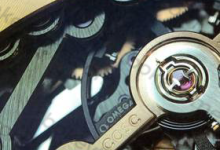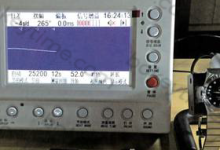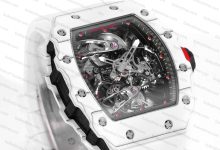Among watch components, although the hands are small parts, they represent the craftsmanship requirements of Swiss watchmaking. However, some of the technologies and equipment for processing and producing watch hands are still monopolized by Switzerland. Due to the costs of certain technologies and craftsmanship, replica watches face difficulties in imitating the hands. Therefore, the craftsmanship of the hands can be used for authentication and sometimes serves as a reference for judging the authenticity of a watch.
As the first step in the visual authentication of a watch, the hand pivot is also the first authentication point we observe. Abnormalities in the hand pivot are our first warning sign. Next, we will use practical examples to illustrate the role of the hand pivot in authentication. The following are all comparisons under a 10x magnifying eyepiece, which are difficult to distinguish with the naked eye directly.
Comparison of the authenticity of Longines hand pivots: the upper picture shows the genuine product, and the lower picture shows the imitation.

Comparison of the authenticity of Tudor hand pivots: the upper picture is the genuine product, and the lower picture is the imitation.
Like Longines, the pivot of the counterfeit watch has an irregular shape, with insufficiently prominent convex parts and an obviously uneven central platform surface, which does not conform to Swiss craftsmanship.
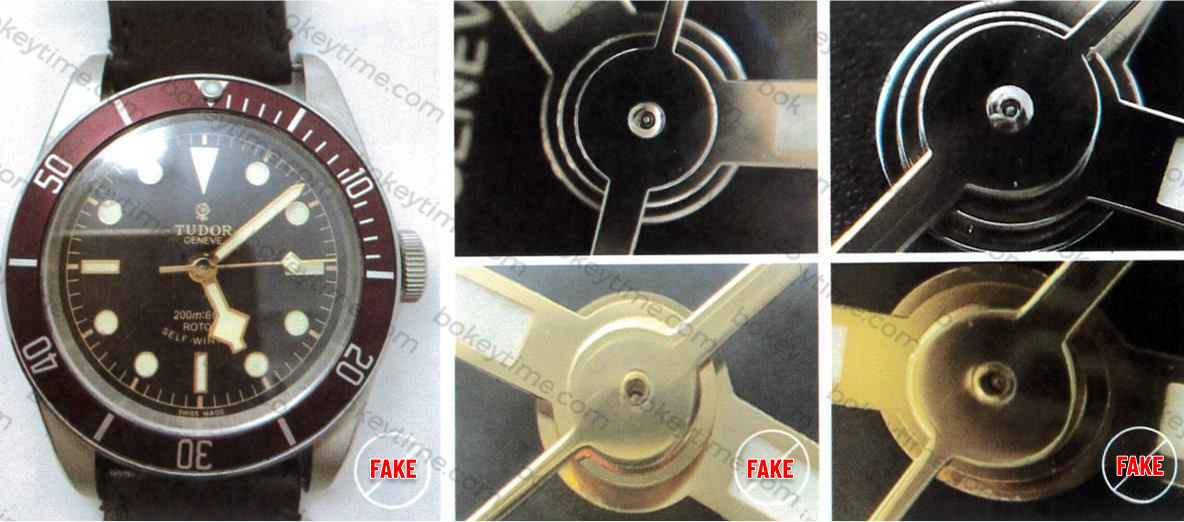
Comparison of the authenticity of Cartier hand pivots: the upper picture is the genuine product, and the lower picture is the imitation.
The pivot of the counterfeit watch has an irregular shape, with an uneven axial platform surface and an indistinct central protrusion, so it is judged to be a counterfeit.
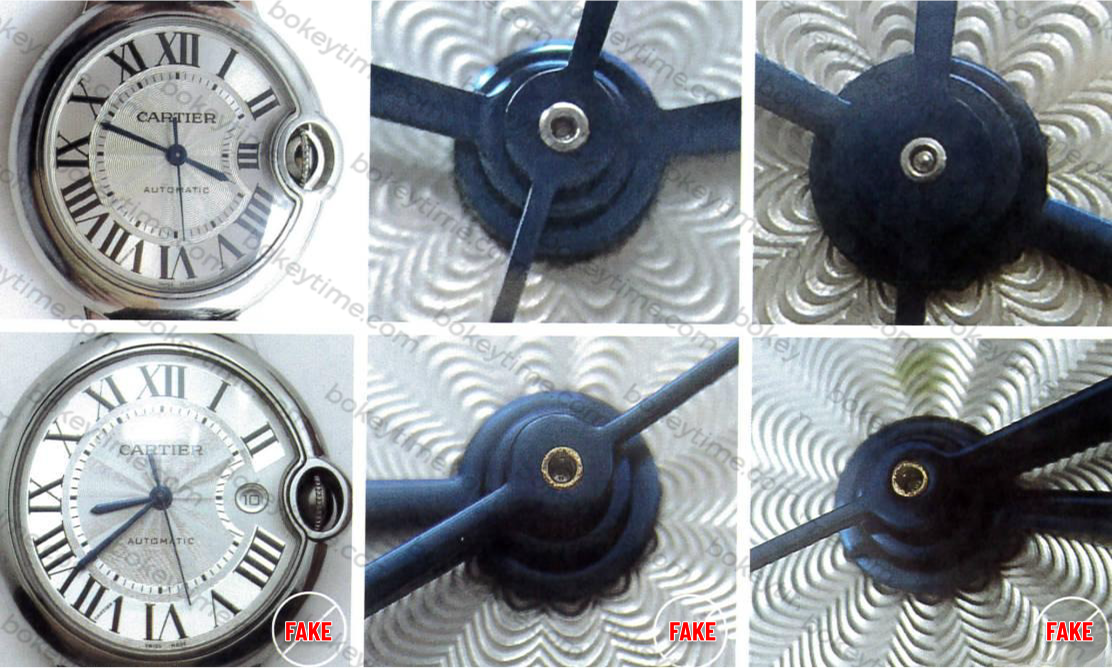
Comparison of the authenticity of Rolex hand pivots: the upper picture is the genuine product, and the lower picture is the imitation.
Although the roundness of the central axis of high-end replica watches meets the standard, the protrusion of the central axis is not obvious, and the protruding part has not undergone secondary processing (such as polishing, chamfering, etc.).
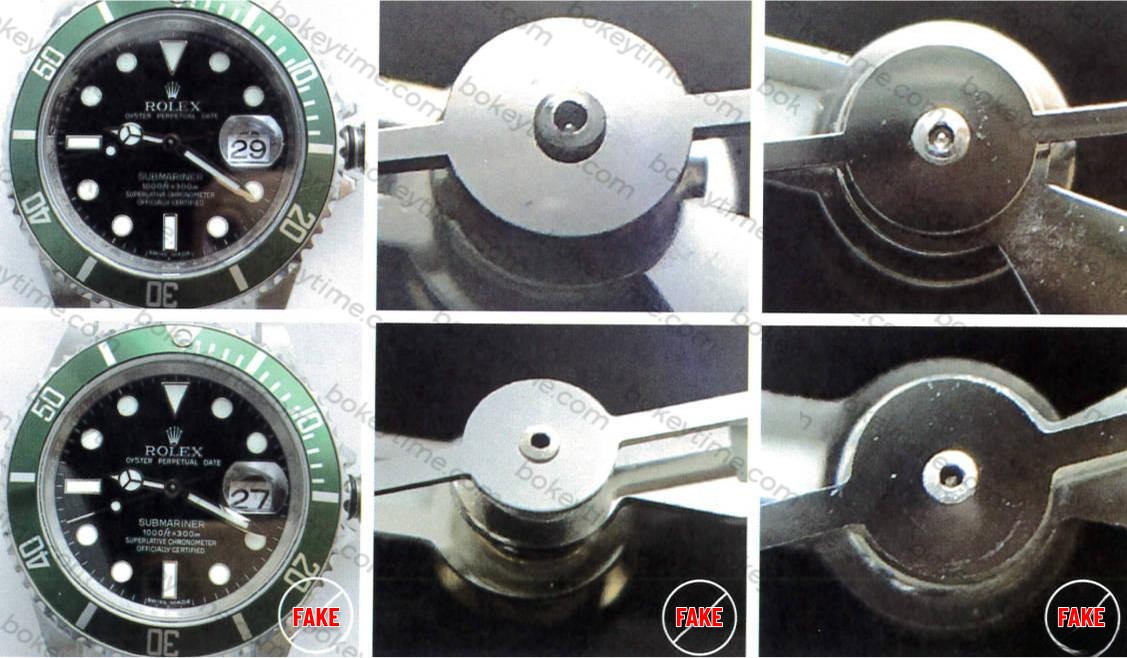
From the above cases, it can be found that the outer circle of the central axis of the hands in replica watches is mostly non-circular. Although some high-end replicas can overcome this, the height of the middle convex part and the secondary processing techniques (such as polishing, chamfering) on the head are not up to standard. Therefore, as the first universal identification point, the hand pivot has three key elements that need to be mastered, which can be simply described as: being perfectly circular, having a flat surface, and having a distinct convex part.
